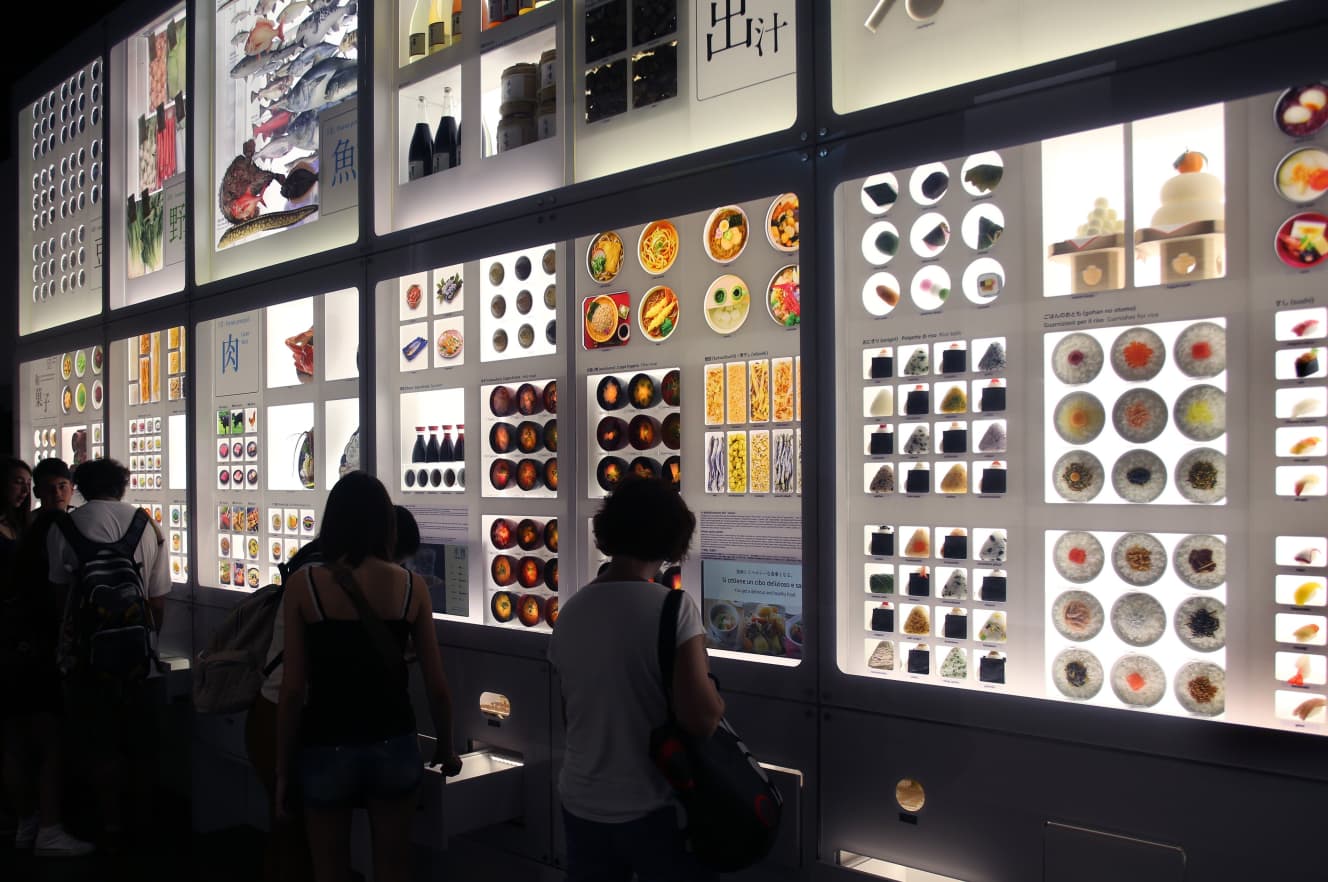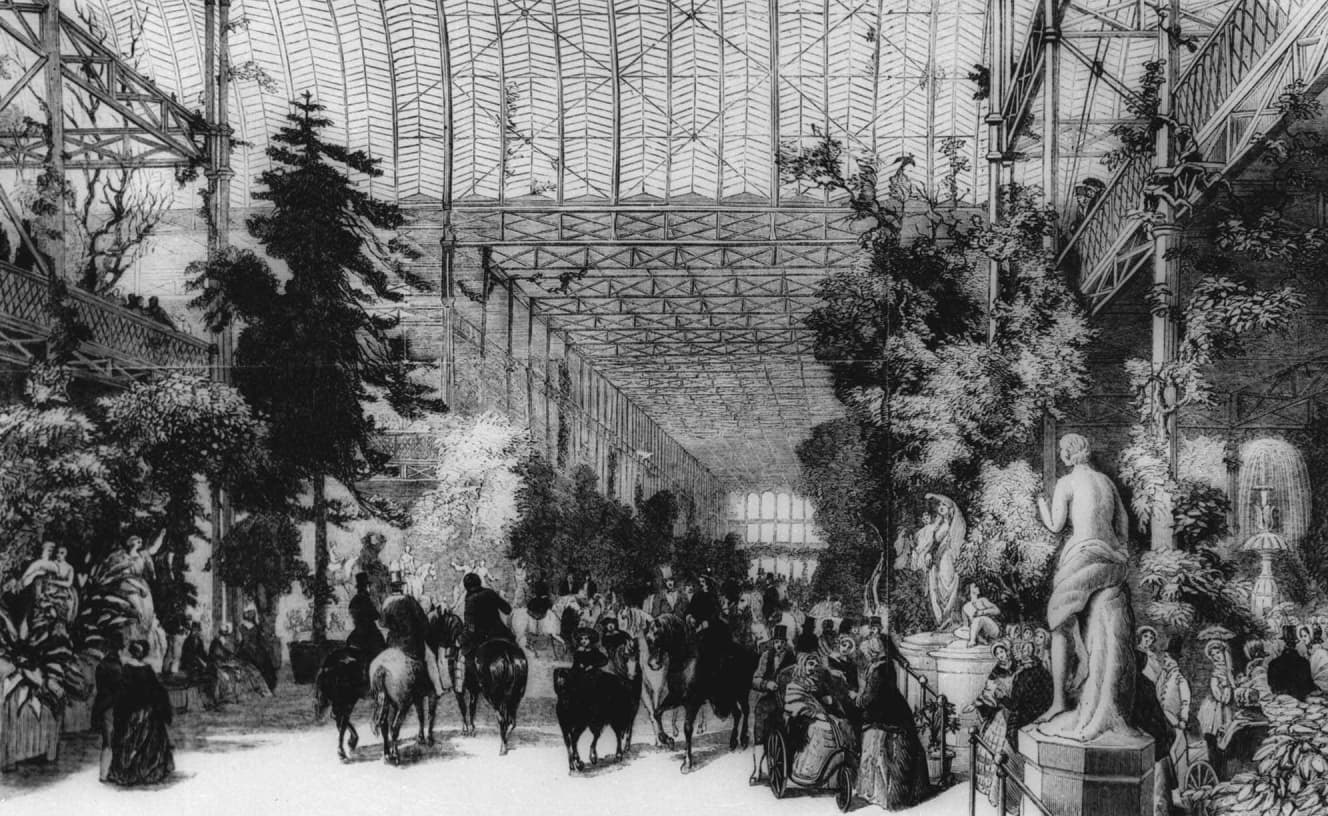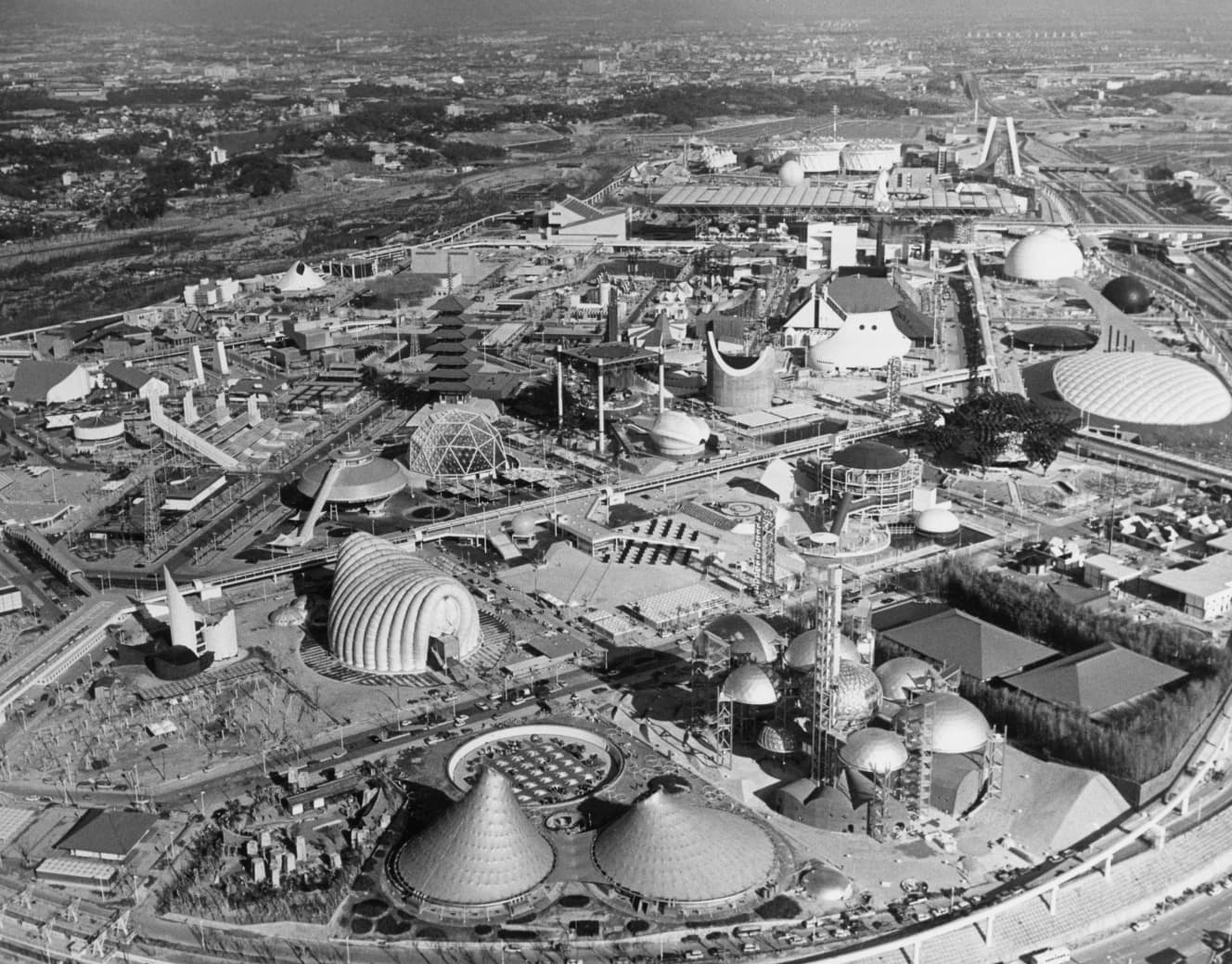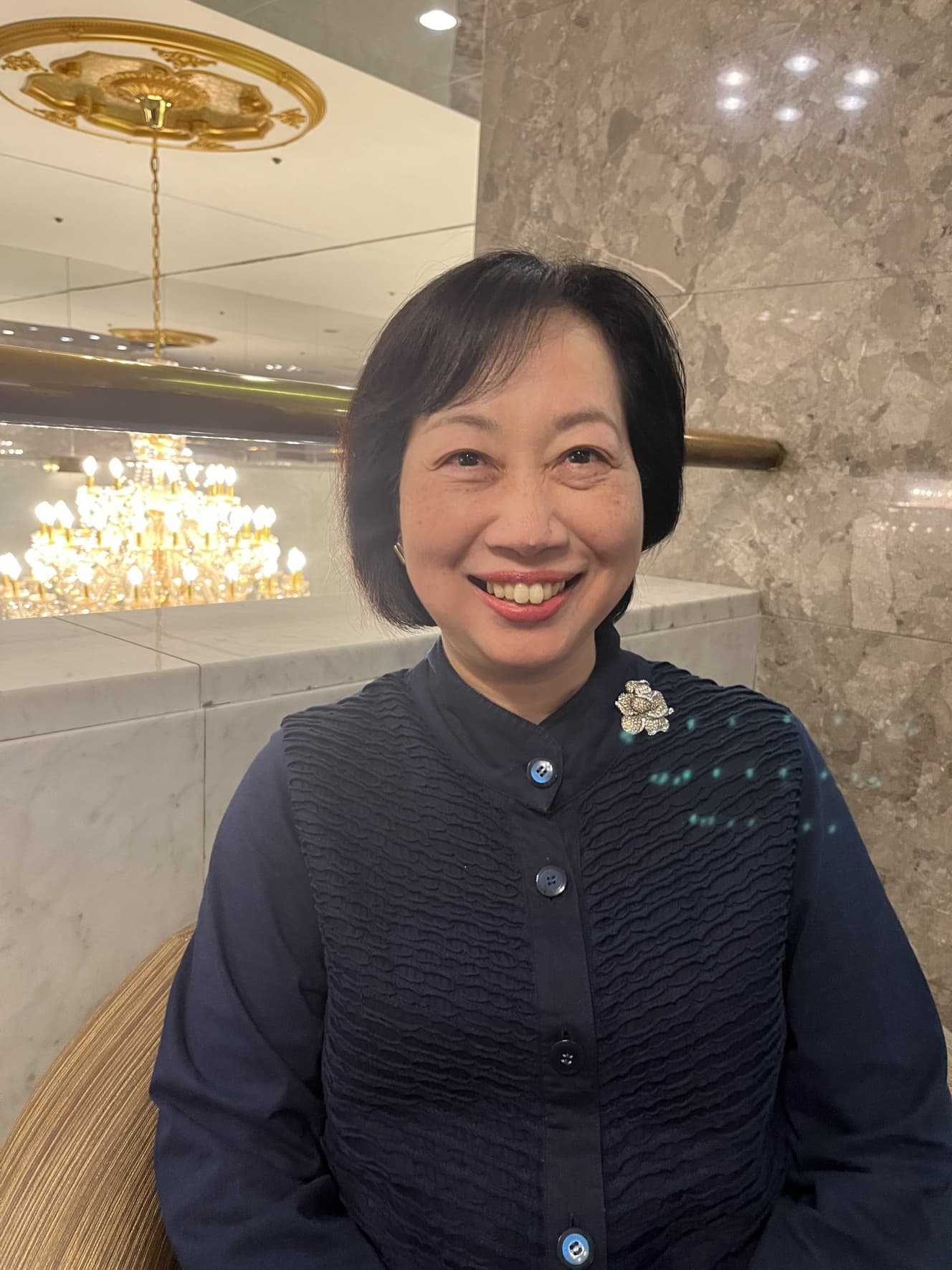Osaka Expo ‘Organizers Should Do More to Promote the Essential Significance of the Expo,’ Researcher Says
Mexico declines to participate, and more than half of the public is “not interested”…What is the Osaka Expo for?
The Osaka-Kansai Expo is just a year and a half away. However, construction costs are 1.8 times the original cost, and most of the pavilions are still untouched. Data show that more than half of the public says they are not interested, and Mexico has declined to participate, citing soaring construction costs as the reason. There are fears that some countries may withdraw in the future,
But I am still looking forward to the Expo from the standpoint of a researcher who has been studying the Expo for 30 years,” said Dr. Yoshiaki Kato, a graduate student at Kyoto University.
I am looking forward to this year’s Expo,” said Mayuko Sano, a professor at Kyoto University’s Graduate School of Education and the leader of the “Expo Studies Group.

The Expo was started with the idea of gathering information on human activities from around the world, exhibiting the results of human activities under one roof, learning from each other, and moving forward together, even if only one step at a time. The significance of the Expo remains the same today, and I think it is worth seeing.
Although it is said that a variety of information will be gathered from all over the world, we now live in an age where we can get all the information we need on the Internet. But now that we can get all the information we need on the Internet, why not go all the way?
I’ve been to several Expos in the past, and I can tell you that the information you get on the Internet at an Expo is completely different from what you get on the Internet. I can assure you of that. It will change your perception that you can find out anything on the Internet.
Take, for example, the Milan Expo held in 2003. The theme of the Expo was “Food for the Earth, Energy for Life.
The countries of the Middle East, however, were conspicuously displaying water as the main theme. I could clearly see that in desert countries, the first and foremost problem is “water” when it comes to “food.
The pavilion in Argentina also highlighted the hardships of producing food, which was very different from the exhibits in many other countries, where people enjoy eating and think about nutrition, and this was very impressive. The same theme of “food” can be approached so differently in different countries.
It was very impressive to see so many countries Only at an Expo like this can you freely visit more than 100 countries and tour the world while being exposed to information from those countries that is beyond our expectations.

Expos are not a place to show the future, but a place to “bring reality to each other
The countries that are members of the Bureau International des Expositions (BIE) vote on the host country of the exposition.
Following the Osaka Expo in 1970 and the Aichi Expo in 2005, the 25th Expo in Japan will be the third large-scale World Expo to be held in the country.
When it was held in ’70, the theme song “Hello from the Land of the Rising Sun” was played, Taro Okamoto built the Tower of the Sun, moonstones were displayed in the American Pavilion, and cutting-edge home appliances were displayed in the Japanese Pavilion, giving visitors a sense of a shining future.’ Will the 25th Osaka-Kansai Expo also display a “bright future”?
The purpose of the Expo is not to show a bright future. The purpose of the Expo is not to show a bright future. If cutting-edge technology is exhibited there, it will spread to many countries in a few years or become available for home use, so it may be said that the future has been depicted as a result.
But the present is the starting point, not simply a place to dream.
At the Paris Expo held in 1937, when World War II was about to break out, the pavilions of Nazi Germany and the Soviet Union (at that time) were built opposite each other to represent that era.
The first World’s Fair was held in London in 1851. At that time, European countries came to Asia and other parts of the world by ship. It was about the same time as the arrival of the black ships in Japan.

I wanted to show people what the world was like on the other side of the world, and I wanted to learn from it and grow even more. There is no doubt that the Expo began with the desire to learn and grow from this experience.
At first, the expositions were held on a voluntary basis by the developed countries of the time, but as the number of countries wishing to host the expositions increased, the International Exposition Convention was established in 1928 to establish rules for holding the expositions. The current treaty states that international expositions are to be held “primarily for the purpose of public education.
This wording was added in the 1972 revision of the International Exposition Convention, but it was not necessary because it was a common sense concept that had been shared historically.
The Expo has taken over as a place where people can check with each other to see where humanity stands today, how much progress we have made since the last Expo, or what problems we have come to face.”
Expo where people talk to each other…that’s the newest thing
The theme of the Osaka-Kansai Expo is “Designing a future society where life shines brightly. There are many ways to approach this theme.
Yes,” he said. Infectious diseases, wars, refugee camps, and in some countries, like Japan, the aging of the population is a problem. No matter what kind of society or environment we are exposed to, the issue of ‘life’ exists.
I think it is not whether a costly exhibition can be realized, but rather what issues and discussion points will be brought to the forefront.”
When the Expo first started, the mainstream was to display items brought back from faraway countries.
The fact that people could see things they had never seen before, and learn about different societies and cultures through actual objects, was something very new and valuable.”
Later, with the development of cameras, photographs began to be exhibited, allowing people to see landscapes they had never seen before. Then it progressed to video, and the development of digital technology made interactive interaction possible.

Many people have said, “If we have come this far, it is impossible to do anything new in this day and age to the surprise of many people. If that is the case, I think the future is communication between people.
If a pavilion cannot be built due to lack of budget, then it would be good if even one person from that country came to the pavilion. Then, they can talk about the issue of “life” in that country.
By the time the Osaka-Kansai Expo is held, automatic translation machines will be highly developed, so if possible, we would like to have a discussion with the audience. I think such a format would be the best and the newest.
Professor Sano says, “It is good to advertise the Expo in Myakmyak, but the organizers would do better to emphasize the essential significance of the Expo.
In these times of ongoing fighting in Ukraine and Gaza, and people fleeing the chaos of their countries and finding refuge in refugee camps, how will “life” be represented?

Mayuko Sano is a professor at Kyoto University’s Graduate School of Education. Representative of the Expo Studies Association. B.A. in Liberal Arts (International Relations), Faculty of Liberal Arts, University of Tokyo. M.A. (MPhil) in International Relations, University of Cambridge. D. (Academic) from the University of Tokyo. After working at the Japan Foundation and UNESCO Headquarters, he worked at Shizuoka University of Art and Culture and the International Research Center for Japanese Studies before assuming his current position in 2006. He specializes in diplomatic history, history of cultural exchange, and cultural policy. His publications include “Allcock’s Edo: The First British Minister’s View of Japan at the End of the Edo Period” (Chuokoron Shinsha, ’03), “World Expositions and Human History” (editor and author, Shibunkaku Shuppan, ’15), and “Study of Diplomatic Rituals at the End of the Edo Period: The Shogun Worship of Western Diplomats. A Study of Diplomatic Rituals at the End of the Edo Period: Western Diplomats’ Reception of the Shogun” (Shimunkaku Shuppan, ’16), “Expo-Gaku: Bankoku Hakuban-kai,” (editor and author, Shimunkaku Shuppan, ’20), and others.
Interview and text by: Izumi Nakagawa PHOTO: Afro